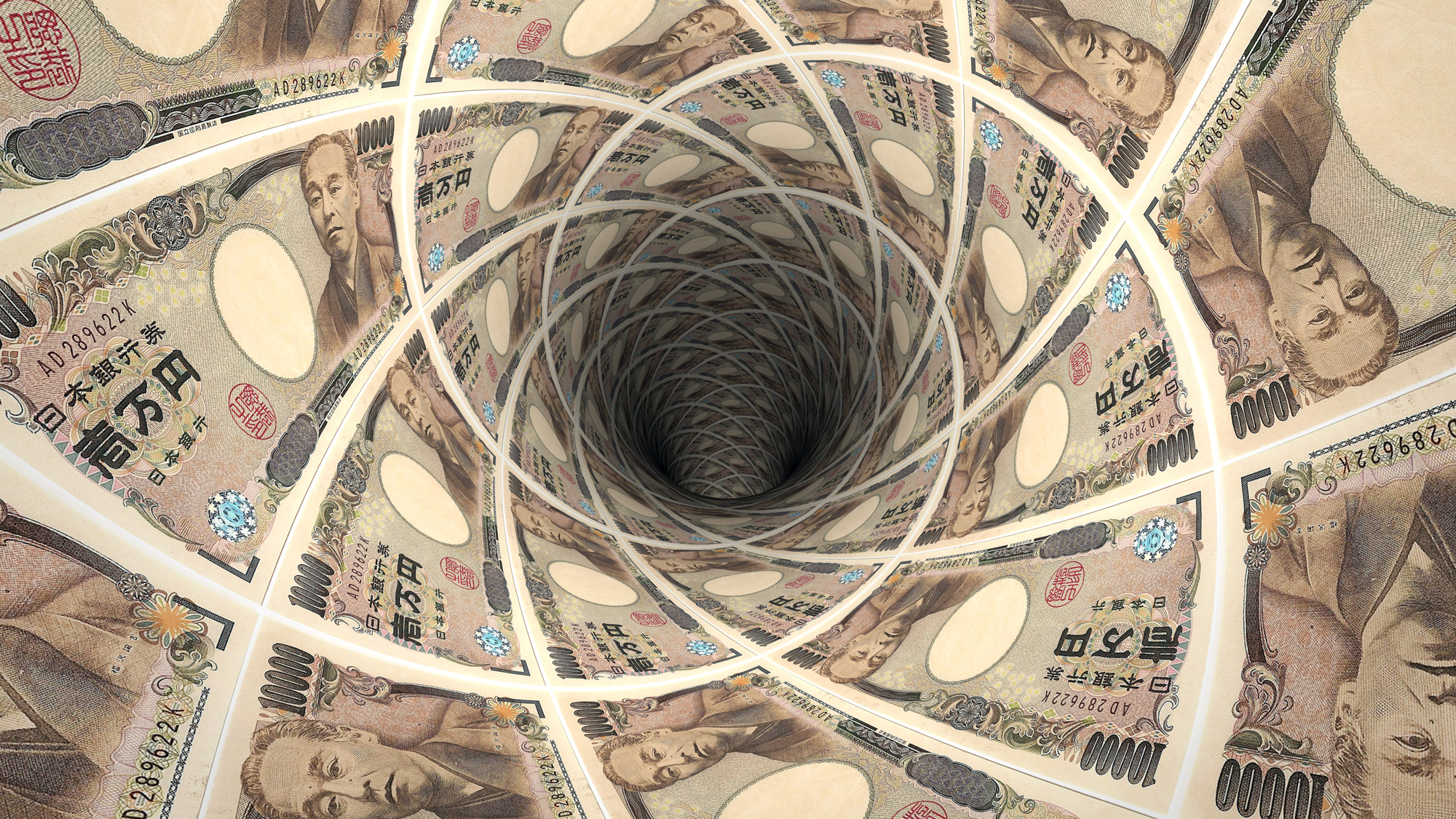Japanese households' disposable income has been increasing since 2015. However, the scale of the increase has been moderate mainly because a rise in spousal income driven by greater female labor force participation has been partially offset by declining working hours as a result of the growing number of part-time jobs. Higher tax payments and social security contributions have also exerted downward pressure on disposable income, which today remains below the 2000 level.
Interestingly, Japanese households facing a budget surplus have increasingly allocated it to both debt repayment — net of new loans — and bank deposit accumulation, thereby raising the share of non-debt households from around 57 percent in the early 2000s to 63 percent currently. Aging has also contributed to the proliferation of non-debt households. The disappearance of savings-based insurance products in the current low interest rate environment has reduced households' investment in insurance products, further accelerating debt repayment and adding to bank deposits.
By contrast, investment in securities has been limited. As a result, households appear to have become even more risk-averse over the past five years contrary to the Bank of Japan's intention to promote risk-taking behavior with massive unconventional monetary easing since 2013.


















With your current subscription plan you can comment on stories. However, before writing your first comment, please create a display name in the Profile section of your subscriber account page.